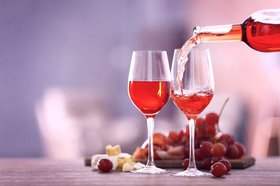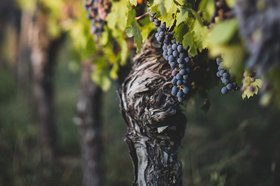The Best California Vintages by Varietal and Region (2025)
California, the Golden State, is globally renowned for crafting remarkable, age-worthy vintage wines.
The region's most sought-after drinks are the Cabernet Sauvignon wines from Napa Valley. But you can also find great California vintages from other areas like Sonoma County and Santa Barbara.
Let’s check out California vintages in detail and the best California vintages by varietal and region. You’ll also discover the 10 best California vintage wines worth investment, and how Vinovest can help you invest in these drinks.
Further reading
- Keen to start a fine wine collection today? Here are some tips on How to Invest in Wine.
- Meanwhile, here are the 14 Incredible California Wine Regions you must visit in 2024.
California Vintages (1984 onwards)

Let’s check out a couple of California vintages, starting with 2018 down to 1984:
- 2018: This extraordinary vintage had cool autumn, and the grapes were harvested late. The resulting wine bottles from this vintage boast intense fruity flavors and complex structures.
- 2017: The year had extremely hot temperatures, and this resulted in overripe grapes with high sugar levels. It produced delicious wines that have high alcohol levels and full-bodied richness.
- 2016: During this vintage, Northern California had heavy rainfall in autumn and cooler temperatures in August. The wine bottles produced open with incredible complexity, high acidity, and subtle smoke taint aromas.
- 2015: The vintage had massive wildfires that caused damage to the vineyards. However, some vineyards were successful, and growers started harvesting around July. The wine bottles produced open with light effervescence and smoke taint aromas.
- 2014: Napa Valley and Sonoma County experienced drought during this vintage. However, the harvest was successful for almost every winemaker, and the grapes produced had ample ripeness and rich, fruity flavors.
- 2013: This excellent vintage had optimal weather conditions throughout the growing season. The grape harvest was successful, and the wines produced boast incredible quality and crisp ripeness.
- 2012: This vintage had ideal growing conditions, and almost all grape varieties thrived. The harvest was successful, and the resulting wine bottles produced boast high-quality and incredible freshness.
- 2011: This was a difficult vintage - the vine plantings were affected by mildew and botrytis, and the harvest was low. However, some of the growers that harvested their fruit earlier produced the best, high-quality wine bottles.
- 2010: The year started off with cool temperatures, and then there was a sudden, excessive heat around August. The grape harvest was low, but some producers crafted delicious wines that boast remarkable quality and high acidity.
- 2009: The vintage had heavy rains towards the end of the growing season - resulting in noble rot problems. However, the fruit harvested produced extraordinary wines with crisp freshness and fruity complexity.
- 2008: Northern California had an early harvest during this vintage. The wines produced were elegant and displayed subtle acidity and light-bodied richness.
- 2007: The year was dominated by cool temperatures, and the grapes were picked early. Although the harvest was low, the wine bottles produced were elegant and balanced.
- 2006: The vintage had a cool growing season, and the vine plantings were affected by noble rot. The harvest was low, but the wines produced boast remarkable quality and fruity complexity.
- 2005: The vintage was dominated by cool weather conditions. Grape ripening was delayed, but the wine bottles produced boast high sugar levels and good acidity.
- 2004: This was a good year with brilliant weather conditions. The grapes were harvested early, and the wine bottles produced boast a smooth texture and subtle acidity.
- 2003: The vintage started off with a rainy season followed by a heatwave around May. The harvest was low, and most of the wines produced have light-bodied richness and subtle acidity.
- 2002: This was a challenging vintage with a dry growing season. Grape ripening was delayed, and the harvest was very low. The wines produced display light-bodied richness and citrus aromas.
- 2001: The vintage had harsh weather conditions, and the fruit ripening process was delayed. The wines produced have a light texture and crisp minerality.
- 2000: The vintage had an unusually cool and wet summer. It produced remarkable Pinot Noir and Chardonnay wines that display fruity complexity and floral aromas.
- 1999: This vintage started off with a cool growing season and had a heatwave in September. The harvest was low, but the wines produced boast incredible quality, crisp ripeness, and subtle acidity.
- 1998: The grape harvest took place in this vintage, but the wine bottles produced display crisp freshness, a light texture, and juicy acidity.
- 1997: This was a successful vintage with a wonderful growing season. The wine bottles produced open with crisp ripeness, medium-bodied richness, and refreshing acidity.
- 1996: The vintage had a difficult growing season, and the harvest was low. The California wine bottles produced display light-bodied richness and crisp minerality.
- 1995: This warm vintage had a difficult growing season, but the wines produced display incredible quality and extraordinary freshness.
- 1994: The vintage had a long growing season, and grape ripening was delayed. The wines produced display incredible complexity and fresh fruit aromas.
- 1993: The year had harsh weather conditions, and the harvest was low. The wines produced were light-bodied and displayed crisp minerality.
- 1992: It was an incredible vintage that produced fine red and white wines. The drinks display fruity complexity and floral aromas.
- 1991: This was a good vintage with an incredible growing condition. The California wine bottles produced are robust, complex, and boast floral aromas.
- 1990: This remarkable vintage produced some of the finest Cabernet Sauvignon and Chardonnay grapes. The wines produced are elegant and boast fresh acidity.
- 1989: This difficult vintage was dominated by heavy rainfalls. The wines produced displayed fruity richness and delicate minerality.
- 1988: The year was dominated by warm weather conditions. The grapes matured earlier, and the wines produced are light and boast fruity complexity.
- 1987: This vintage had fluctuating weather conditions, but the harvest was successful. It produced remarkable Zinfandel and Cabernet Sauvignon wines that display fresh floral aromas and crisp acidity.
- 1986: This was a successful vintage with an incredible growing season. The wines produced boast a smooth texture and fresh fruit aromas.
- 1985: This outstanding vintage had incredible weather conditions. It produced elegant, age-worthy wines with crisp acidity and fruity richness.
- 1984: This warm vintage had an incredible growing season. It produced delicious wines that boast delightful richness and fruity complexity.
Now, there would be slight differences in the best years in Napa vs Sonoma, or even Cabernet Sauvignon vs Chardonnay made in different regions.
Let’s look at that in detail.
Best California Vintages by Varietal and Region
Here are the best California vintages for the different wine styles produced in different Californian wine regions:
1. Napa Valley
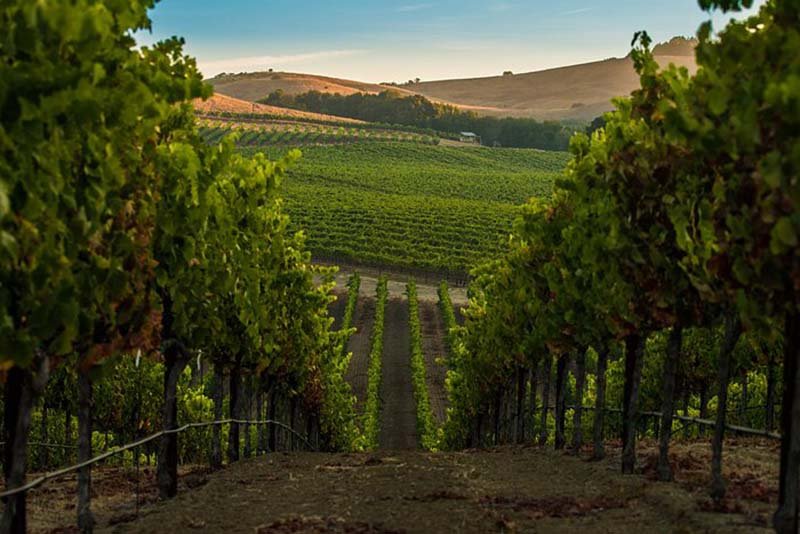
- Napa Valley Cabernet Sauvignon: 2008, 2009, 2010, 2012, 2013, 2014, 2015, 2016, 2017, 2018
- Napa Valley Chardonnay: 2007, 2008, 2009, 2010, 2012, 2013, 2014, 2017, 2018, 2019
- Napa Valley Merlot: 2009, 2010, 2012, 2013, 2014, 2015, 2016, 2017, 2018, 2019
- Napa Valley Rhone Style Red Blends: 2008, 2009, 2010, 2012, 2013, 2014, 2015, 2016, 2017, 2018
- Napa Valley Zinfandel: 2007, 2008, 2009, 2013, 2014, 2015, 2016, 2017, 2018, 2019
2. Sonoma County
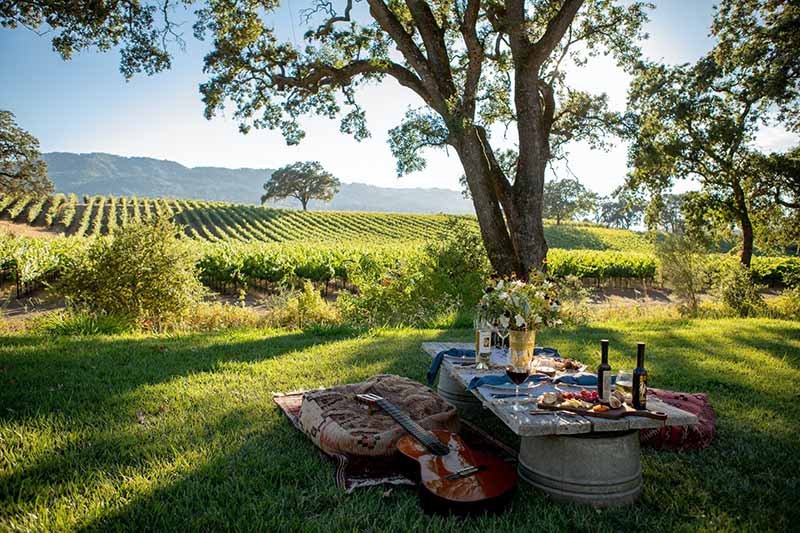
- Sonoma Pinot Noir: 2009, 2010, 2012, 2013, 2014, 2015, 2016, 2017, 2018, 2019
- Sonoma Zinfandel: 2008, 2009, 2012, 2013, 2014, 2015, 2016, 2017, 2018, 2019
- Sonoma Merlot: 2007, 2008, 2009, 2012, 2013, 2014, 2015, 2016, 2017, 2018
- Sonoma Rhone Style Red Blends: 2007, 2008, 2009, 2010, 2012, 2013, 2014, 2015, 2016, 2018
- Sonoma Chardonnay: 2006, 2007, 2009, 2012, 2013, 2014, 2015, 2016, 2017, 2018
3. Santa Barbara

- Santa Barbara Chardonnay: 1996, 1997, 1999, 2002, 2009, 2015, 2016, 2017, 2018, 2019
- Santa Barbara Pinot Noir: 2004, 2008, 2009, 2010, 2014, 2015, 2016, 2017, 2018, 2019
- Santa Barbara Rhone Style Red Blends: 2006, 2007, 2008, 2009, 2013, 2014, 2015, 2016, 2017, 2018
4. Carneros
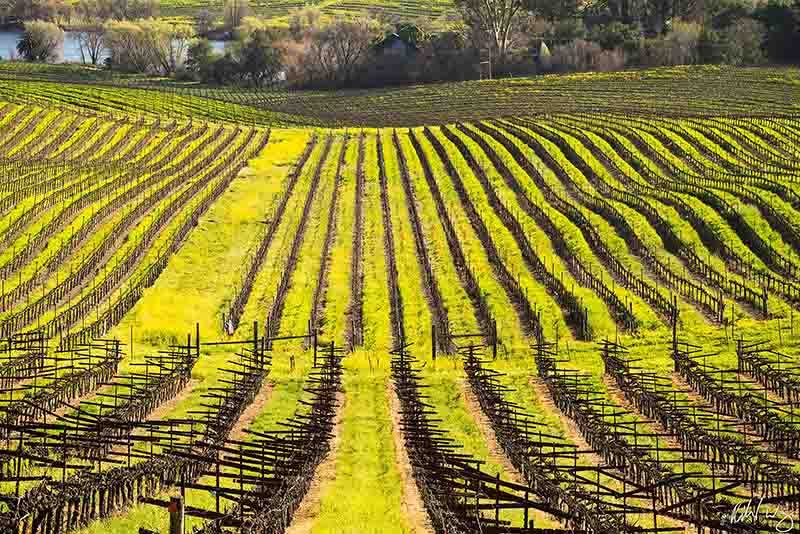
- Carneros Chardonnay: 2007, 2009, 2012, 2013, 2014, 2015, 2016, 2017, 2018, 2019
- Carneros Pinot Noir: 2008, 2009, 2010, 2011, 2013, 2014, 2016, 2017, 2018, 2019
5. Anderson Valley

- Anderson Valley Pinot Noir: 2003, 2004, 2005, 2007, 2009, 2012, 2016, 2017, 2018, 2019
6. Santa Lucia Highlands
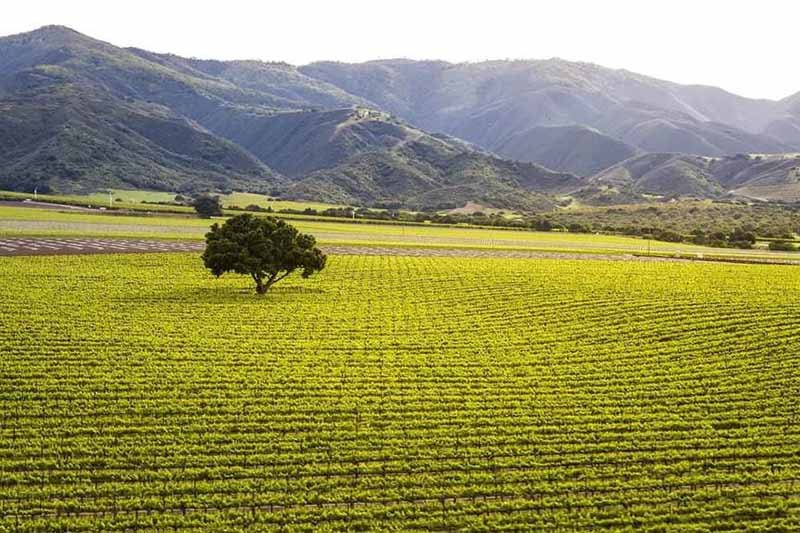
- Santa Lucia Highlands Pinot Noir: 2009, 2010, 2011, 2012, 2013, 2014, 2016, 2017, 2018, 2019
7. Paso Robles

- Paso Robles Rhone Style Red Blends: 2008, 2009, 2010, 2012, 2013, 2014, 2015, 2016, 2017, 2018
Let’s now check out some extraordinary bottles that you should invest in.
10 Investment-Worthy Bottles from the Finest California Vintages
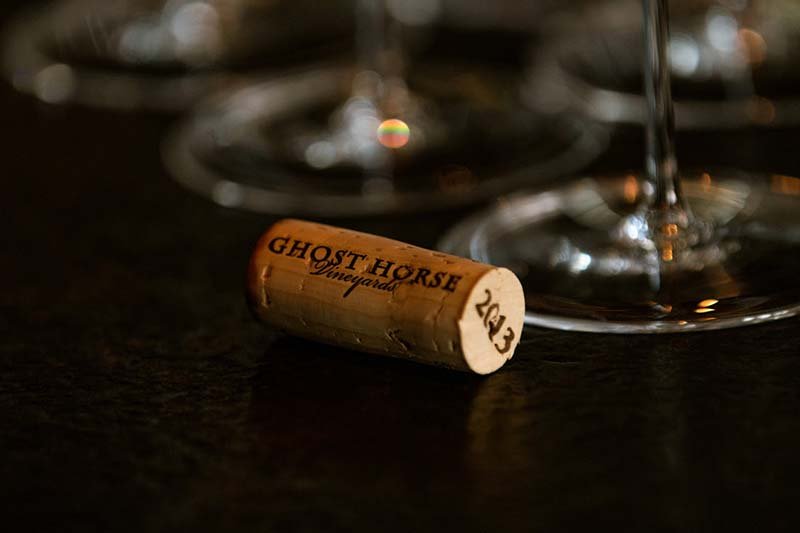
These are the 10 best California Vintage bottles that deserve a spot in your wine cellar:
- 2009 Screaming Eagle Cabernet Sauvignon, Napa Valley ($4,528)
- 2016 Ghost Horse Vineyard 'Spectre' Cabernet Sauvignon, Napa Valley ($4,200)
- 2013 Kongsgaard The Judge Chardonnay, Napa Valley ($1,199)
- 2008 Scarecrow Cabernet Sauvignon, Napa Valley ($842)
- 2012 Marcassin Estate Chardonnay, Sonoma County ($757)
- 2018 HDV Hyde de Villaine Commandante Chardonnay, Carneros ($264)
- 2019 Peter Michael 'Le Moulin' Rouge Pinot Noir, Santa Lucia Highlands ($198)
- 2017 Kosta Browne Cerise Vineyard Pinot Noir, Anderson Valley ($177)
- 2018 Saxum Vineyards 4hearts, Paso Robles ($174)
- 2015 Sea Smoke Ten Pinot Noir, Santa Barbara ($132)
Here’s why you should invest in these wines:
- The finest California vintage wines from the best wine country have an incredible aging potential of 15+ years.
- Most of the wines from The Golden State show a stable price appreciation. For example, the price of the 1990 Harlan Estate increased by an amazing 553% - from $1,246 in June 2020 to $8,134 in April 2022.
- The wines perform well at auctions. A 1 magnum bottle of the 2018 Screaming Eagle Cabernet Sauvignon (produced by the famous Screaming Eagle winery) sold for $9,375 at a Sotheby’s auction in 2022.
But then, how do you invest in these fine wines?
How to Invest in California Vintages Through Vinovest
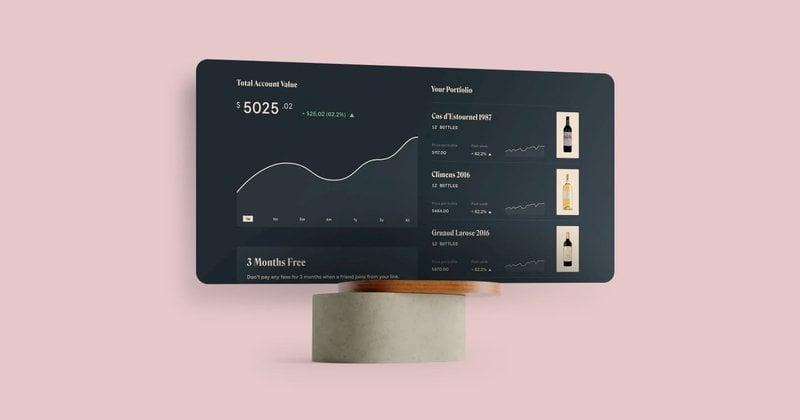
The best way to invest in Californian vintage wines is through a reliable wine investment website like Vinovest.
This platform helps you buy, store, and sell authentic red wine, white wine, Sauvignon Blanc, and other bottles from anywhere in California - be it Southern California, the North Coast, or the Central Coast. Your collection could include diverse wines from any winery in San Francisco, Los Angeles, New York, San Diego, Santa Rosa, Santa Cruz, Napa County, and any other wine country in the United States.
Here’s how it works:
- Sign up on the Vinovest website to start investing in wines that are highly rated by critics like Jancis Robinson.
- Complete a quick questionnaire that’ll help determine your investment style.
- Fund your account with a minimum of $1,000.
- Enjoy a glass of red wine, white wine, or Sauvignon Blanc while you watch your portfolio grow.
Check out the Vinovest website today and start investing in extraordinary wines from all over the United States. This includes Southern California, North Coast, Central Coast, San Francisco, Los Angeles, New York, San Diego, Santa Rosa, Santa Cruz, and Napa County.

